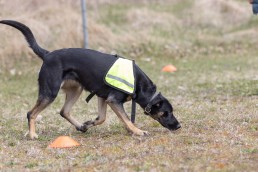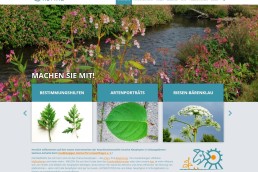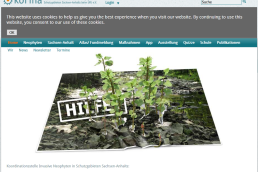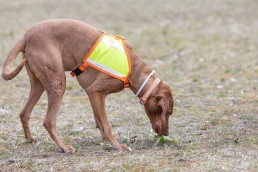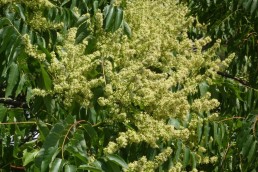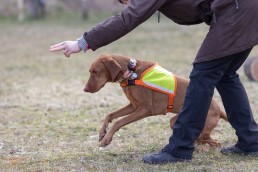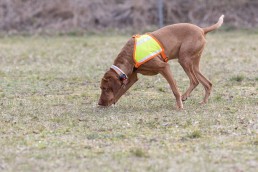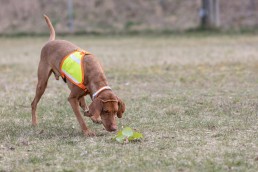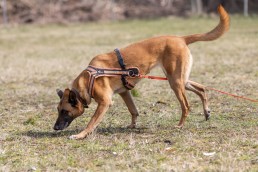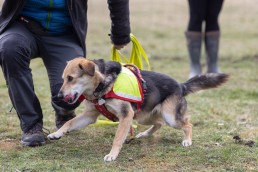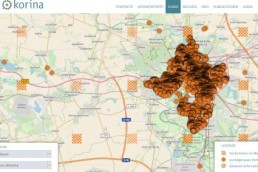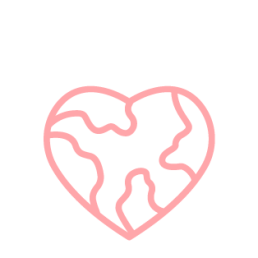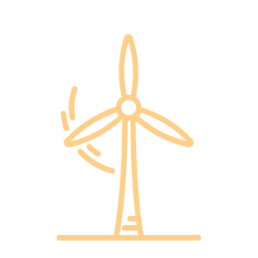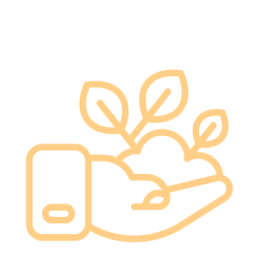What are invasive species?
Invasive species are one of the five greatest threats to biodiversity worldwide. Invasive species are alien animals and plants that have a negative impact on native species, ecosystems, the economy or human health.
Alien species usually find their way into new habitats through human influence. They are sometimes introduced unintentionally, sometimes deliberately. One well-known example is the introduction of raccoons into Europe to be used as fur animals. Invasive plant species are less well known, but no less problematic.
Invasive neophytes
Invasive plant species, known as invasive neophytes in technical jargon, can have a negative impact in various ways: On the one hand, they can compete directly with other plant species for light, water or nutrients due to their size and dense growth. On the other hand, they can also change the entire colonized biotope, for example the nutrient supply or the microclimate, and thus indirectly influence other species.
If native species are displaced by invasive alien species, this can also have far-reaching consequences for wildlife. Many native insects, for example, are specialized on certain plant species, other animals on certain insect prey, and so on. If native plant species are displaced by alien plants, this can trigger chain reactions, including the disappearance of entire populations of native animal species. Invasive neophytes can also cause considerable economic damage. Japanese Knotweed, for example, causes massive damage to dykes and buildings. One of the health hazards is the Giant Hogweed, which can cause severe burns.
Our work in the field of nature conservation and environmental communication
Our Nature Conservation and Environmental Communication department has specialized in invasive plant species for some time. In 2010, we set up the Saxony-Anhalt Invasive Neophytes in Protected Areas Coordination Office (KORINA), which is committed to improving the management of invasive neophytes throughout Saxony-Anhalt. Since then, KORINA has made a name for itself beyond Saxony-Anhalt as an interface between citizens, authorities and scientists involved in the control of invasive species. Since 2021, we have been testing the usability of citizen scientists with tracking dogs to detect invasive plant species with our IGAMon-Dog pilot project.
Since 2022, UfU has also been developing a strategy to combat invasive animal and plant species for the state of Berlin. In order to meet the requirements of the 2015 EU regulation against the spread of invasive species and to be able to act quickly and effectively against the spread of invasive species, the official structures and processes are to be optimized. This means short distances, direct contact persons and quick and, if possible, cost-effective solutions to contain or remove the species in question before ecosystems or health are affected.
Contact person

Florian Kliche
Energy efficiency & energy transition
Graduate engineer
Head of department
Phone: +4930 4284 993 26
E-Mail: florian.kliche@ufu.de
Publications
Nothing found.
… all publications in this subject area
We provided expert advice for a Terra X program on invasive species. You can see the result here:
Current UfU projects in this field:
Wir erstellen digitale Lehrmaterialien für die 17 Nachhaltigkeitsziele der Vereinten Nationen.
Investigation how youths and young adults who are not yet active in the field of climate and environmental protection and sustainability can be…
The project focuses on the one hand on initiating civic dialogues and positioning processes regarding the implementation of the Aarhus Convention at…
The three-year "Mein grün-faires-Revier" programme empowers young people in the Lusatian mining district (LR) and Central German mining district (MR)…
In the building-dialogue project, three dialogue formats are being developed that combine simulation and visualisation tools with innovative…
News from this subject area:
Nothing found.



